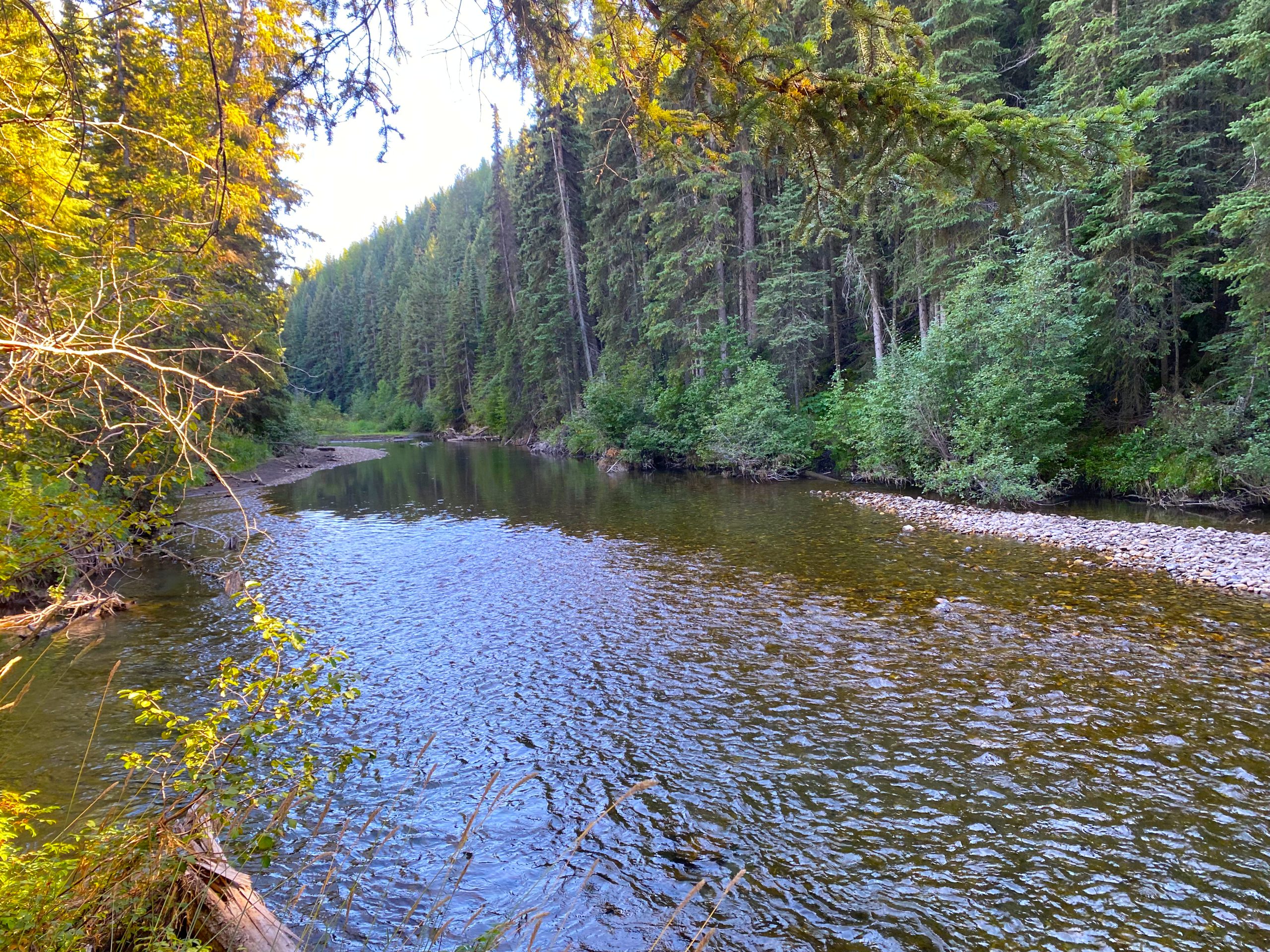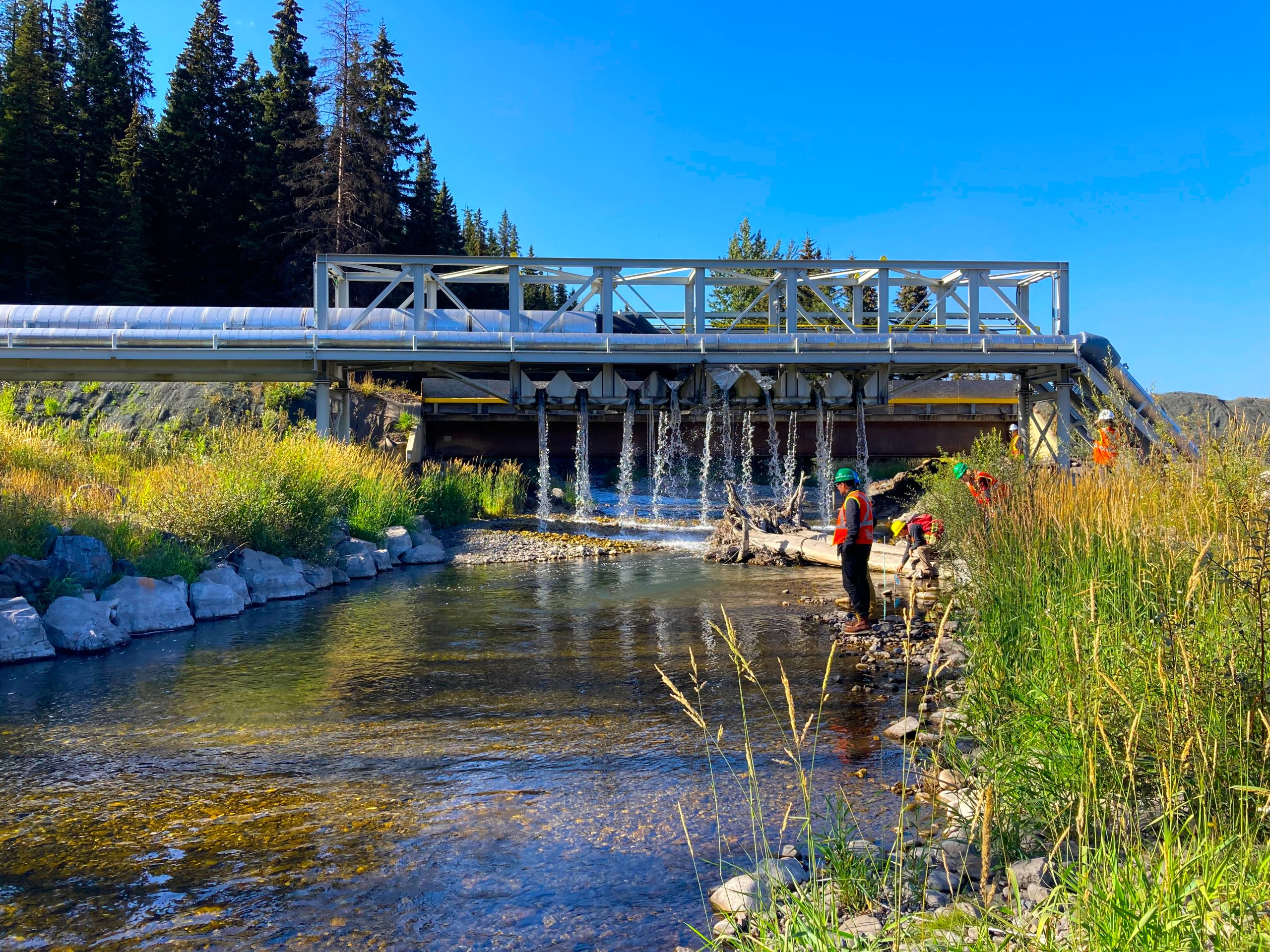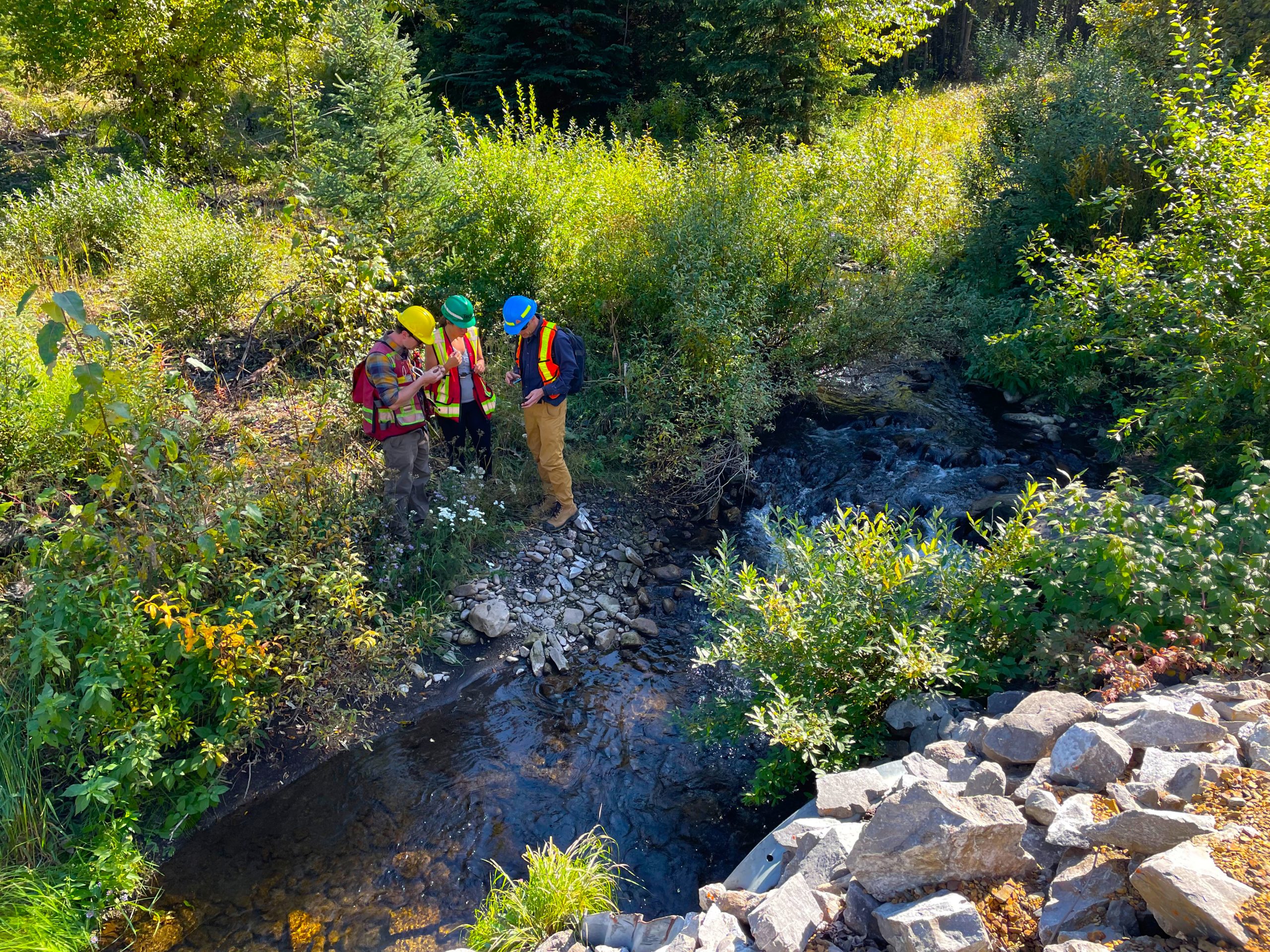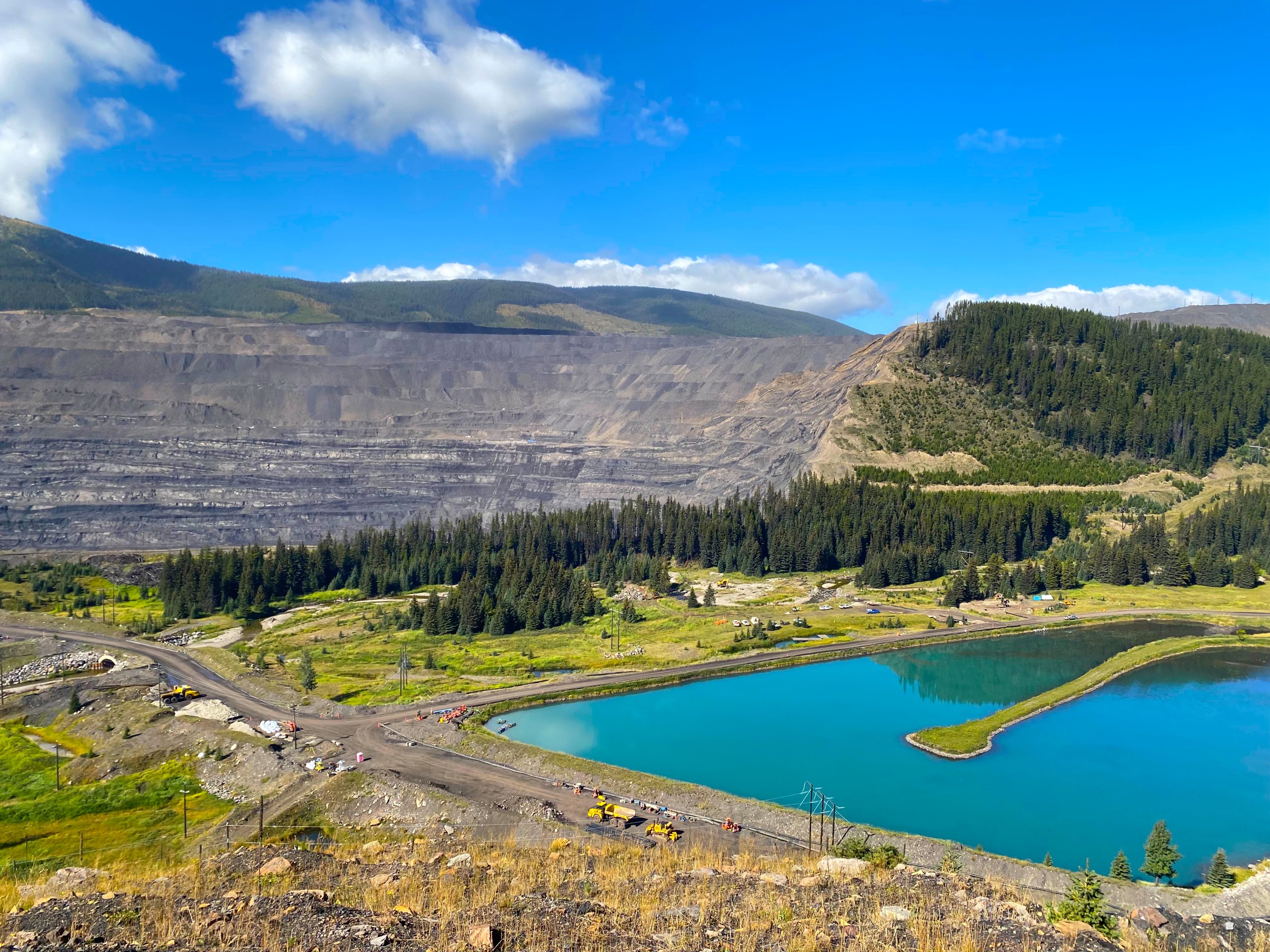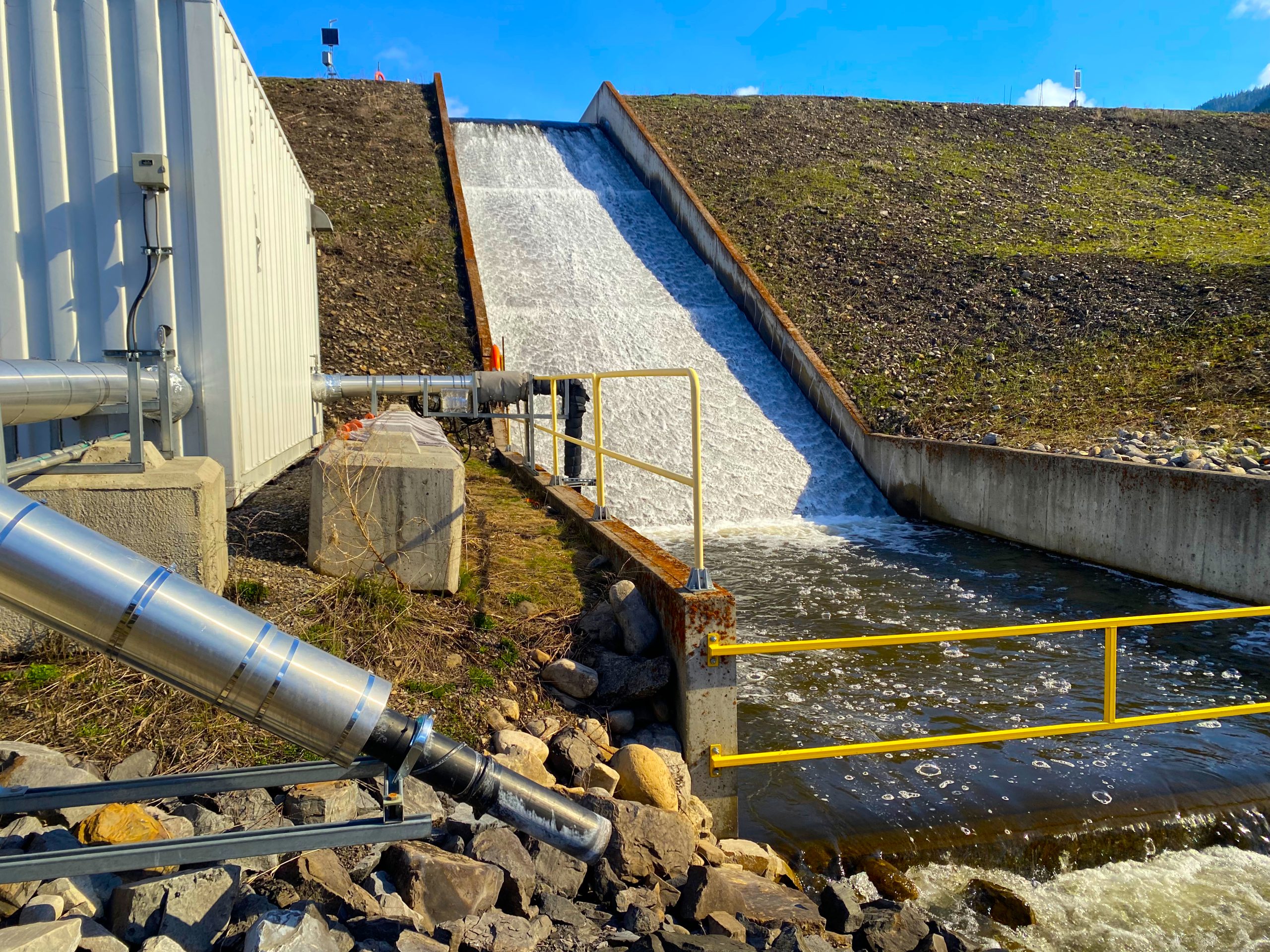On this page
Summary of water quality at select Order Stations
Average Monthly Selenium Concentration (ug/L)
| Order Station | Limit | July | August | September |
|---|---|---|---|---|
| Fording River Downstream of Greenhills Creek | 63 | 44 | 50 | 49 |
| Elk River Upstream of Grave Creek | 23 | 11 | 13 | 13 |
| Elk River Downstream of Michel Creek | 19 | 9.4 | 11 | 12 |
| Koocanusa Reservoir Downstream of the Elk River | 2 | 1.2 | 1.3 | 1.3 |
Average Monthly Nitrate Concentration (mg/L)
| Order Station | Limit | July | August | September |
|---|---|---|---|---|
| Fording River Downstream of Greenhills Creek | 14 | 9.6 | 12 | 11 |
| Elk River Upstream of Grave Creek | 4 | 2.3 | 2.8 | 2.9 |
| Elk River Downstream of Michel Creek | 3 | 1.8 | 2.1 | 2.3 |
| Koocanusa Reservoir Downstream of the Elk River | 3 | 0.25 | 0.23 | 0.16 |
Average Monthly Sulphate Concentration (mg/L)
| Order Station | Limit | July | August | September |
|---|---|---|---|---|
| Fording River Downstream of Greenhills Creek | 429 | 190 | 230 | 238 |
| Elk River Upstream of Grave Creek | 429 | 67 | 81 | 89 |
| Elk River Downstream of Michel Creek | 429 | 73 | 78 | 95 |
| Koocanusa Reservoir Downstream of the Elk River | 308 | 24 | 27 | 29 |
Notes:
- Cells highlighted yellow denote where the concentration exceeds the limit. Non-highlighted cells do not exceed the limit.
- Sites in the table represent a range of conditions in the Elk Valley from the Fording River downstream to the Elk River and finally Koocanusa Reservoir. Click the site name to view the entire datasets for these sites back to 2014 or visit the Water Quality Data Dashboard to view data from additional sites.
Context
The July through September period in the Elk River and its tributaries is typically the transition from high to low water flows. Higher snowmelt-driven streamflow in early July transitions to lower, groundwater-driven streamflow in August and September.
- As the flows decrease the concentrations of mining-related substances in the water increases. This is because there is less dilution and the remaining streamflow is more influenced by mining activities.
- Koocanusa Reservoir follows a similar seasonal trend. Water quality in the reservoir is also heavily influenced by the flow and quality of the Kootenay River as the other main water source for the reservoir. Operations at Libby Dam in the United States further affect water levels and flows in the reservoir.
Discussion
The water quality results from July to September 2023 generally followed the expected seasonal pattern, though levels of selenium and nitrate in early July were notably higher than in previous years. This was likely a result of very low to record low flows in the Fording and Elk Rivers following a very early snowmelt freshet and the FRO-S AWTF not treating water (see Water Treatment Quarterly Snapshot for more details). However, with the FRO-S AWTF back online in mid-July, concentrations in August and September were similar those measured in 2022 in the same months. This was despite streamflow continuing to be below to well below normal. Levels of selenium and nitrate did not exceed targets at any of the Order Stations in the Elk and Fording Rivers.
Selenium concentrations in Koocanusa Reservoir were within the same range as previous years and did not show the same July increase that was observed in the Elk and Kootenay rivers. This may be a result of Libby Dam operations which increases the amount of water stored in the reservoir, and therefore the volume available for dilution, each year during May and June. This year, the maximum annual reservoir volume was reached on July 14th.
Visit the Water Quality Dashboard for current and historical water quality data at all Compliance Points, Order Stations and Trend Sites.
The potential for impacts resulting from water quality conditions are carefully monitored. Results of the monitoring programs are summarized each year in the Aquatic Ecosystem Health Annual Update.


